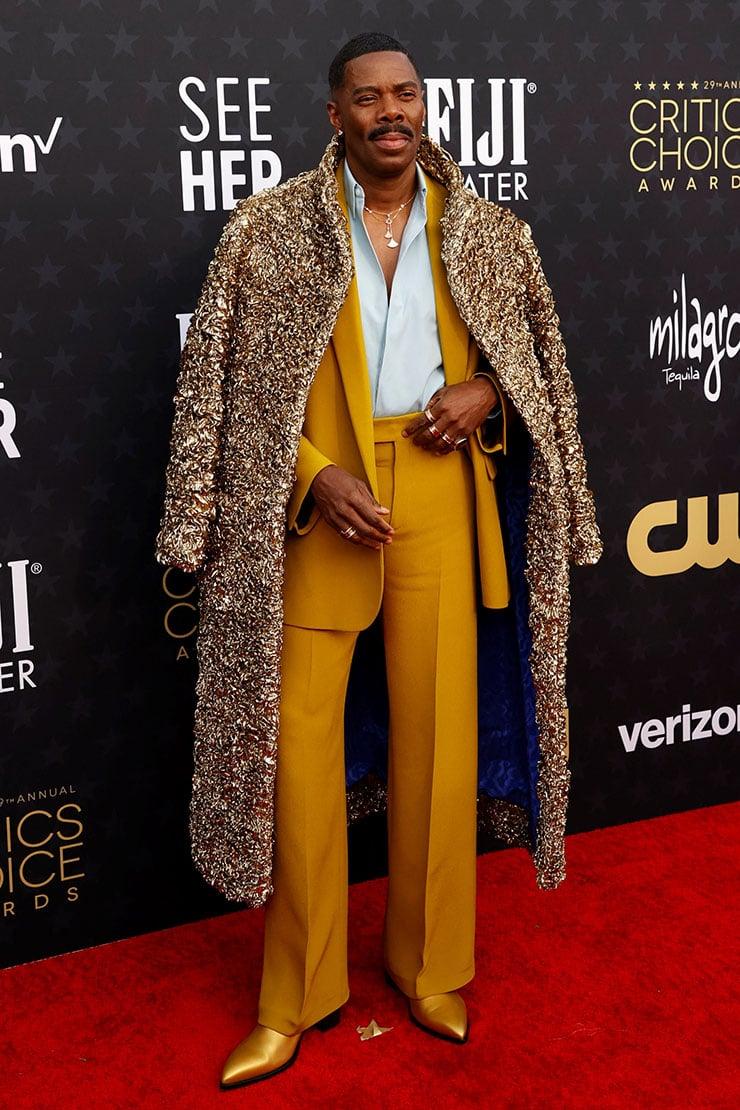In recent years, a growing chasm appears to have emerged between the preferences of critics and those of the general audience, sparking a debate about the relevance and influence of professional critiques in the modern media landscape. This divergence is particularly evident in the realms of film, music, and literature, where critical acclaim and popular success increasingly seem to occupy different spheres. As the democratization of opinion through social media platforms and user-generated reviews gains momentum, the question arises: are critics’ choices becoming too detached from the tastes of the average consumer? This article seeks to explore this phenomenon by examining the potential factors contributing to this disparity, analyzing specific case studies, and considering the implications for both creators and consumers in an evolving cultural ecosystem. Through a balanced examination of perspectives, we aim to understand whether the critics’ role is diminishing in guiding public taste or if their distinct viewpoint still holds significant value in a diverse and rapidly changing marketplace.
Understanding the Divergence Between Critics and Audiences
In the realm of film and television, the disparity between critical acclaim and audience approval often ignites fervent discussions. Critics, with their extensive knowledge of cinematic history, tend to focus on aspects such as directorial innovation, narrative complexity, and artistic merit. This often leads them to champion films that push boundaries or offer unique storytelling perspectives, even if these films might not appeal to the broader public. On the other hand, audiences typically prioritize entertainment value, emotional engagement, and relatability. This divergence is not necessarily a matter of one being ’right’ and the other ‘wrong’; rather, it reflects differing priorities and expectations from the medium.
- Critics: Often emphasize artistic innovation, historical significance, and technical execution.
- Audiences: Generally value entertainment, emotional resonance, and personal connection.
Such differences can be attributed to the distinct roles critics and audiences play. Critics often serve as cultural curators, guiding viewers towards what they perceive as the most artistically significant works. Meanwhile, audiences are the ultimate arbiters of a film’s commercial success, often opting for productions that provide immediate gratification or align with popular trends. Understanding this dynamic is crucial for filmmakers and marketers who aim to bridge the gap and create content that resonates on both fronts.

Analyzing the Factors Contributing to Critical and Popular Discrepancies
In the realm of entertainment, the divergence between critical acclaim and popular approval often stems from a variety of intricate factors. Critics typically approach content with a methodical lens, emphasizing aspects such as technical prowess, thematic depth, and innovation. This can lead to a focus on elements that resonate more with a niche audience rather than the general public. For instance, films or series that experiment with unconventional narratives or challenge societal norms may be celebrated by critics for their boldness but might not align with mainstream tastes that often prioritize relatability and entertainment value.
- Audience Expectations: The general audience tends to favor familiarity and emotional engagement, which can sometimes be at odds with the avant-garde approaches appreciated by critics.
- Media Exposure: Popularity can be significantly influenced by marketing strategies and media exposure, which might not always correlate with critical evaluation.
- Cultural Context: Critics often operate within specific cultural frameworks that may not resonate with global audiences, leading to disparities in reception.
Ultimately, the gap between critical and popular opinions underscores the subjective nature of entertainment consumption, where diverse perspectives and priorities coexist, often resulting in these intriguing discrepancies.

Evaluating the Impact of Critical Opinions on Audience Perceptions
In the realm of film and television, the divergence between critical opinions and audience perceptions often sparks intriguing discussions. Critics, who bring a wealth of experience and a deep understanding of the medium, may prioritize elements like artistic merit, technical innovation, and narrative depth. In contrast, general audiences might focus on more visceral factors such as entertainment value, emotional engagement, and relatability. This divergence can sometimes lead to significant discrepancies in how a piece of media is received.
- Artistic Merit vs. Entertainment Value: Critics often laud works that push boundaries or offer new perspectives, while audiences may gravitate towards more familiar, entertaining content.
- Narrative Depth vs. Emotional Engagement: While critics may appreciate complex storytelling, audiences might prefer straightforward plots that resonate emotionally.
- Technical Innovation vs. Relatability: Critics might celebrate technical prowess, whereas audiences often seek stories and characters they can connect with on a personal level.
Understanding these differences can shed light on why some critically acclaimed works fail to achieve popular success, and vice versa. It is essential to recognize that both critics and audiences play pivotal roles in shaping the cultural landscape, each offering unique perspectives that contribute to the broader conversation about art and entertainment.

Recommendations for Bridging the Gap Between Critics and General Viewers
To harmonize the views of critics and general audiences, fostering a deeper dialogue between the two is essential. One approach is to encourage critics to engage more actively with diverse audience demographics. By incorporating audience feedback into their reviews, critics can offer insights that resonate more broadly. Additionally, critics could participate in interactive sessions, such as Q&A panels or social media live chats, where they discuss their perspectives with viewers in real-time.
On the other hand, general viewers might benefit from a better understanding of the critical evaluation process. Educational content explaining how critics assess films or shows could demystify the process, making critiques more relatable. Furthermore, platforms could create dual-rating systems where both critic scores and audience ratings are displayed prominently, allowing consumers to appreciate both perspectives simultaneously. This balanced presentation could encourage viewers to explore content they might have overlooked, guided by the nuanced insights of professional reviews.
- Encourage critics to incorporate audience feedback.
- Host interactive sessions between critics and viewers.
- Provide educational content on the evaluation process.
- Implement dual-rating systems on platforms.
